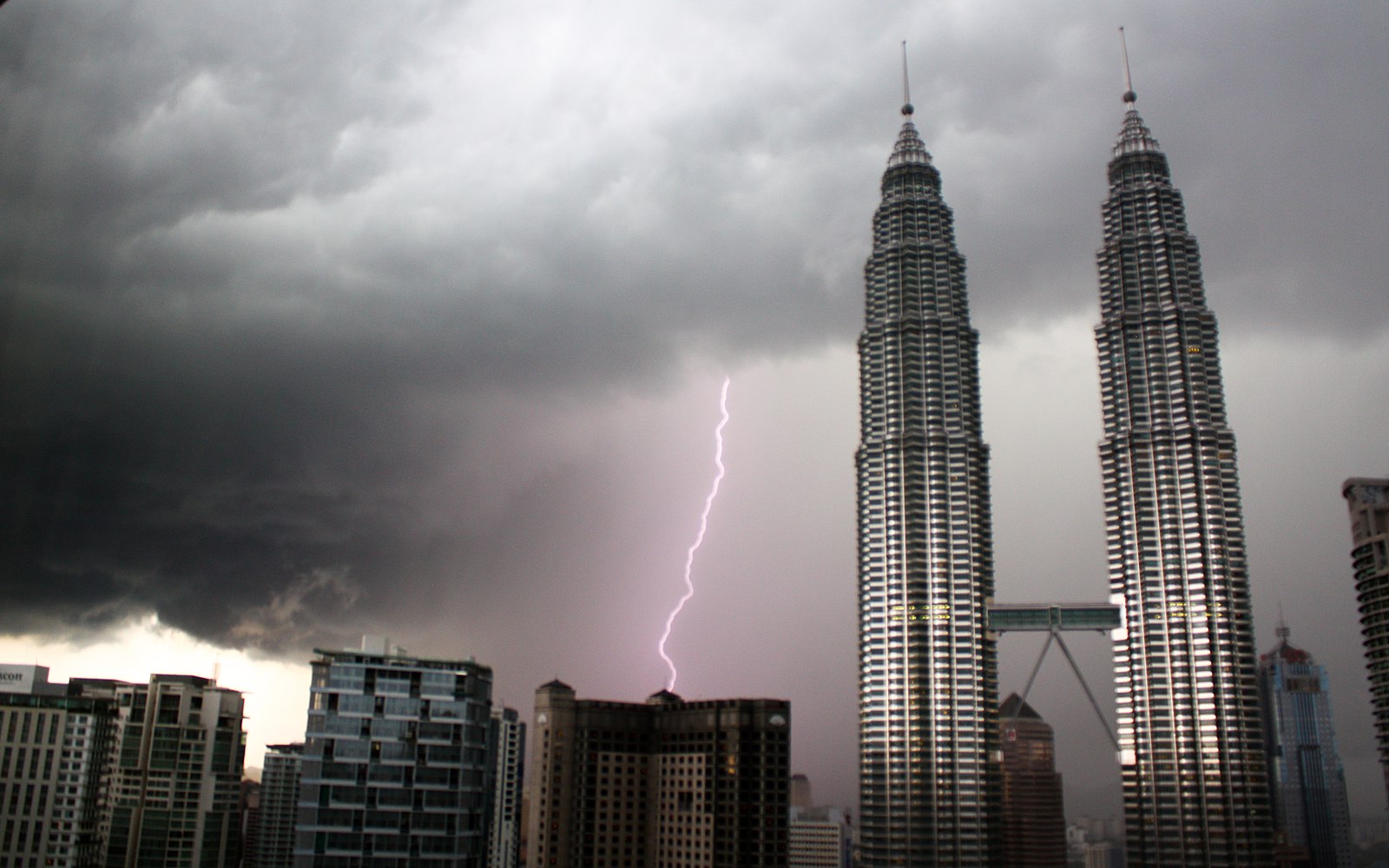The resounding defeat of the Labour Party at the national ballot box in 2019 appears to be a seismic event in the history of both the party and the British left. The optimism that came with the surprise result in 2017 has now been replaced with the dour reality of 14 years out of government by the next election, alongside the inevitable blame game that has been fought in the year and a half since.
Whether you see the inception of the left’s decline occurring in 2016, 2010 or 1979, the state of play in British politics cannot be encouraging. However, there is hope in grassroots, decentralised politics that could and indeed have sprung up across the country.
This hope is central to Owen Hatherley’s most recent book Red Metropolis, a polemical history of London’s local government. The book seeks primarily to show the potential of London as a place where the policies of the Conservative central government can be resisted, but additionally as fertile ground for building a more just society.
The History of Municipal Socialism in London
Red Metropolis starts with a detailed and varied depiction of London’s local government from the London County Council of the late 19th Century and early 20th to the Great London Council (GLC) of the mid-20th Century and the Greater London Authority (GLA) of the 21st Century.
Hatherley is clear that his politics belong to Labour’s left but what is particularly useful within this history is Hatherley’s ability to distinguish a number of differences that define not just different London Labour administrations, but also the left politics of the present.
The LCC administrations of Herbert Morrison, who ran the council from 1934 to 1940, are distinguished by their bureaucratic but very competent mass council housing programs. These ideas found their way into national Labour policy after the war.
By contrast, the New Left GLC administration of the 1980s, headed by Ken Livingstone and John McDonnell, focused on a much more decentralised and culturally progressive program, focusing far more on housing cooperatives and anti-racist solidarity.
Livingstone’s administration was also notable for how it stood against a significant rightward shift both in Parliamentary Labour Party and the country; his defiance was part of the reason the GLC was disbanded in 1986. Understandably, there is much to critique in both of these strategies, Morrison’s governance was decidedly undemocratic while the GLC was perhaps understandably not prioritising the building of council houses, unaware of the systematic depletion of housing stock that would occur in the period after its dissolution.
The periods of conservative rule, during the 70s, and other more moderate Labour administrations are discussed, albeit more briefly.
The Conservative administration of the late 70s hosted trials for stripped-down versions of the national agenda of Margaret Thatcher, most notably Right to Buy and is another showing of how London has proved a fertile testing ground for policies that had yet to enter the mainstream in Parliament.
In addition, Red Metropolis stresses the benefits of more local power, and utilising it ambitiously, by the devolved assembly of London but other more expansive and ambitious council policies that occurred during this period.
Whether in discussing the particularities of council estates built across London or institutions such as the Greater London Enterprise Board, the full diversity of London’s government is displayed here. The GLEB is particularly important when considering the modern incarnation of municipal, or local, socialism. Its focus on decentralised planning, cooperatives and small enterprise has prompted some legitimate comparison to the “community wealth building” that has proved so successful in Preston in recent years and is beginning to be attempted elsewhere in the country.
The Modern London
Understandably the return of London’s devolved government is put in the context of first the Greater London Council’s forcible dissolution by Margaret Thatcher in 1986 and second, its reincarnation, the Mayoral office and GLA, introduced under the Blair government, which had much more limited power when compared to its predecessor.
With Livingstone’s second administration beginning (2000-2008), the focus becomes as much about the policies of the Mayoralty as London’s transformation into a starkly unequal, finance-driven capital city. The discussion of Livingstone’s administration and, to a lesser degree, that of Sadiq Khan’s, centres around the conflict between the socialist or social-democratic ambitions of the Mayoralty and the colossal epicentre of corporate and financial power London that had developed into during the opening decades of the Neo-Liberal era. Hatherley reflects on how tactics had to change to reflect a new economic and political landscape within the city.
Due to Mass Council Housing becoming harder to build, Livingstone instead relied on using Section 106 of the planning code, requiring real estate developers to construct a certain amount of public infrastructure, along with their private housing developments. Livingstone attempted to use this regulation to get developers to build affordable housing.
The results, as Hatherley describes, haven’t been overly impressive. An absurd example of Section 106 requirements was the required completion of “a couple of bus stops, a redesign of London Bridge station and a few scraps of cash thrown to Guys Hospital” so developers could build The Shard, the tallest building in Western Europe.
Khan, by contrast, is less ambitious though the initial rejection of his first London Plan under the Johnson government is seen by Hatherley as symbolic of his need to be more aggressive.
Also, the present is a short consideration of what Boris Johnson’s time as Mayor reflected on the capital, from descriptions of the scenes following the 2011 London Riots to ideas “cooked up in the toilets of Davos” highlighting how London is more starkly divided, and dictated to by a global ruling class, than before.
Elite London?
Another more minor element of the book is its attempt to contest the characterisation of London as consisting solely of a “metropolitan elite” that stand in opposition to the “left-behind” areas of the rest of the country.
Hatherley argues first that this claim isn’t as watertight as some would believe and secondly that the situations of the left-behind places found largely in the North of England and those of the poor of Britain’s capital city aren’t different enough to create significant opposition.
Hatherley describes London as the “most proletarian city in the world,” pointing to the dominance of the new “gig economy”, and the insecure work that goes with it, coupled with the immense cost of living in the capital. This, alongside London’s high poverty rate, counters the often-disingenuous narrative of the city’s occupants being the “metropolitan elite”.
In addition, Hatherley sees them as different versions of the exploitation upheld by modern British society. This is described at one stage in particularly profound language, depicting the difference between London, the shining beacon of the neoliberal, and the deindustrialised, forgotten towns of Britain:
“Thousands upon thousands of people in London were desperate to overthrow the Tories; elsewhere, in places with less hope, it was just another bloody election.
The inhabitants of London have, for all their insecurity, some sense that life can plausibly be improved. It is easier to imagine rebuilding and renewal in a place that is regularly, radically reshaped, albeit in the interests of capital.”
Hatherley rejects the dichotomy between London and the rest of the country, which is often prominent both in the strategy of the incumbent government and in many popular accounts of the 2019 election, instead, focusing his ire on a ruling class not constrained by geography or values.
London and the Left’s Future
The final section of the book discusses where London is heading politically and the city’s potential as a place of growth for the left.
With the GLA with heavily reduced powers in a capital city dominated seemingly insurmountably by both domestic and foreign capital, there are immediate obstacles. In addition, the government’s agenda seems focused, whether genuinely or not, on “levelling up” of the country’s regions, meaning there appears to be little expectation of a better deal for Londoners from the central government.
Hatherley believes an expansion of devolution is needed to help overcome the city’s issues. Recommending the restoration and expansion of the Metropolitan Counties abolished in 1986, restoring the full powers of councils, including lifting restrictions on raising council rates and borrowing.
These ideas draw inspiration from the German city-states, Berlin, Hamburg and Bremen, though Germany has a political tradition of federalism that the UK lacks.
A primary concern of this section is that Labour must “look outwards” drawing inspiration from countries across Europe where more decentralised forms of government have radically reshaped the areas they govern.
Most essentially of all, Hatherley calls on London to not forget its radical past, drawing inspiration from the GLC and advising the left to drive for an expansion of devolved power and to be ambitious once it’s attained.
Perhaps the central thrust of the book is a call for London to once again become a place of radical and positive political change. Red Metropolis gives a detailed understanding of our capital’s political past so we might better improve its future.




